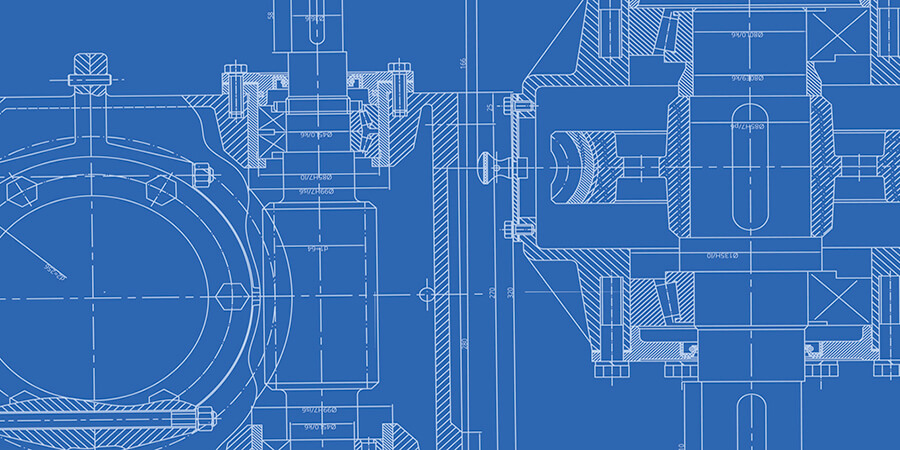Great value propositions begin and end with customer outcomes. It’s like collecting specimens, sliding them under your microscope, and continuing to turn up the magnification. The careful researcher doesn’t have to agonize over the right value proposition. It comes into increasing focus, waving its arms and screaming to be addressed.
More in white paper, www.b2btimingiseverything.com (page 9)
If all customer outcomes in a market are either unimportant or already satisfied, you’ll see low Market Satisfaction Gaps. This is an over-served market, and there’s only one thing that makes these customers happy: Dropping your price. Race to more attractive markets and hope your competitors waste resources here. Have you identified your over-served markets yet?
More in white paper, www.marketsatisfactiongaps.com
“Jobs-to-be-done” (JTBD) is a powerful way of thinking that 1) provides a longer time horizon than a product focus, 2) guides you when conducting pre-interview market research, 3) naturally integrates with New Product Blueprinting, and 4) helps you separate the core, focal job from consumption chain jobs. ... Read More
Survey data shows three benefits of using The AIM Institute's Discovery interviews: 1) Gain insight into customer needs, 2) engage and impress customers, and 3) develop life-long skills. ... Read More
As we begin training employees in B2B front-end-of-innovation skills, the business leader often asks, “Can you make the project teams go faster?” I understand this… but a better approach would have been to not dither away so many months making a decision to start training in the first place. Investing in such skills can never begin too soon.
Learn about B2B innovation at www.newproductblueprinting.com
Consider these best practices for recruiting customers for interviews: 1) Value representativeness over sample size. 2) Include respondents along the value chain. 3) Recruit some respondents with internal resources. 4) Use outside recruiting if you get stuck. 5) Get the sales team on board. 6) Use a script for recruiting calls. 7) Email an agenda. 8) Send respondent to www.haveyoubeendiscovered.com. 9) Start with a big list. ... Read More
Our research asked B2B professionals what drives profitable, sustainable organic growth. The #1 answer was delivering strong, differentiated value propositions. And the #1 differentiator between the best and worst value-creating companies was superior front end of innovation work (www.whatdrivesb2borganicgrowth.com). The Front End of Innovation – Key Steps There are important front-end steps top-performing companies take to strengthen their value ... Read More
New Product Blueprinting provides these typically overlooked benefits: 1) Learn the unknown unknowns. 2) Unlearn the things we do know… that aren’t true. 3) Align the development team for action. 4) Make better decisions through market intuition. 5) Build sales relationships. ... Read More
These 5 practices help you succeed in the first step of Blueprinting… selecting a target market and project scope: 1) Define the boundaries. 2) Seek diversity. 3) Schedule enough time. 4) Sync with your strategic plan. 5) Get key stakeholders on board. ... Read More
New Product Blueprinting's B2B-specific methods provide the inputs for organic growth. Avoid these blunders when executing Step 2, Discovery Interviews. ... Read More
What single new practice can drive your company’s long-term organic growth more than any other? Hint: Few companies do this today, but that’s changing… and someday this will likely be a common practice. The answer: The disciplined use of Market Satisfaction Gaps (MSG) as a required “admission ticket” for entering the costly product development stage. ... Read More
Design Thinking vs. New Product Blueprinting? They are highly complementary, with design thinking going further in some areas… and Blueprinting going further in other areas. Bottom line: Think of Blueprinting as a type of design thinking… essentially a roadmap for front-end of B2B Design Thinking. ... Read More
Tao is the Chinese word that means “path” or “the way.” Here the letters T-A-O reveal the essence of Blueprinting Discovery interviews and the fundamentals of B2B innovation: “T” for techniques, “A” for attitude, and “O” for order. ... Read More
With New Product Blueprinting, you use creative foresight and a detailed plan for new product development… similar to an architect’s planning before breaking ground. The process includes 7 steps: 1) market research, 2) Discovery interviews, 3) Preference interviews, 4) side-by-side testing, 5) product objectives, 6) technical brainstorming, and 7) business case. ... Read More













